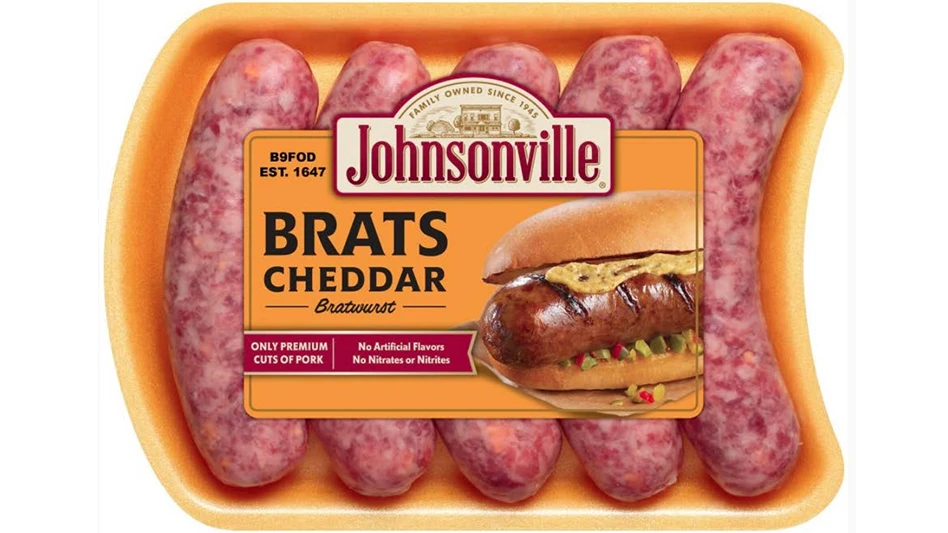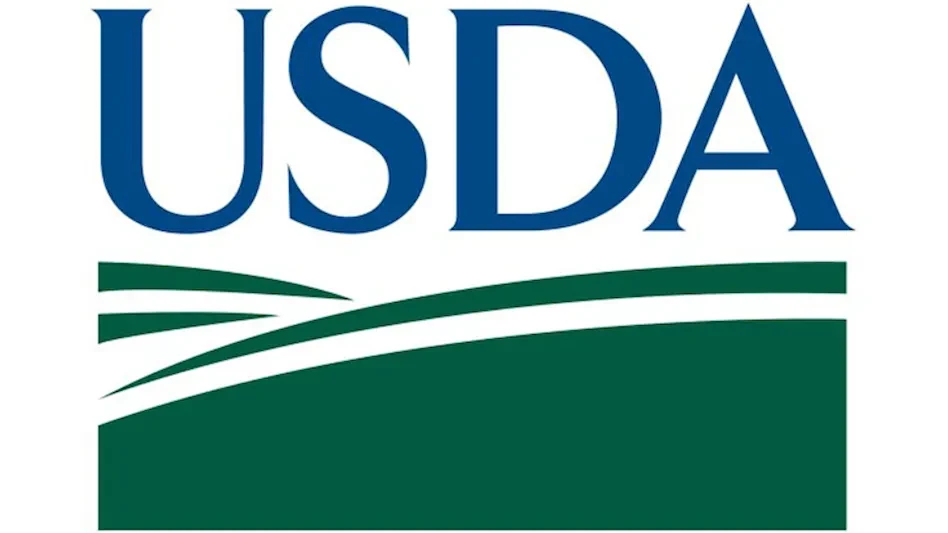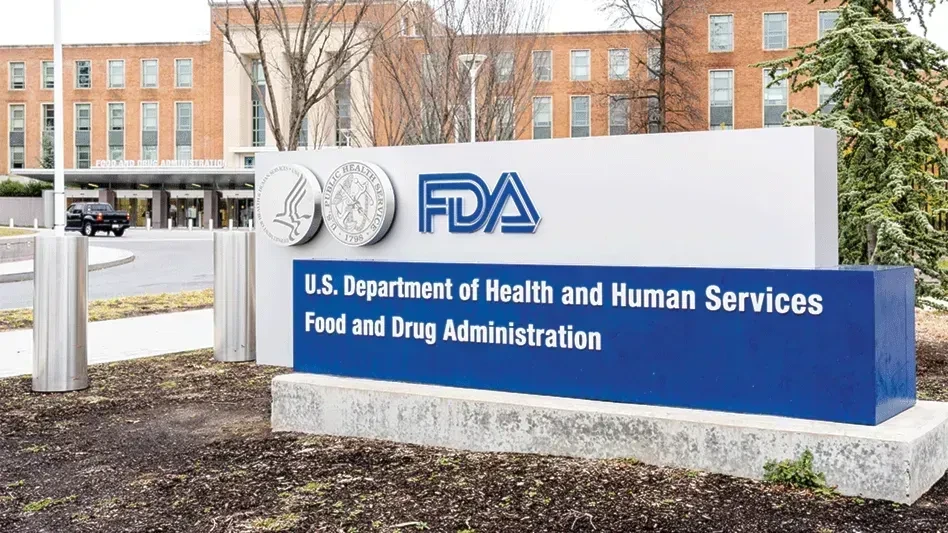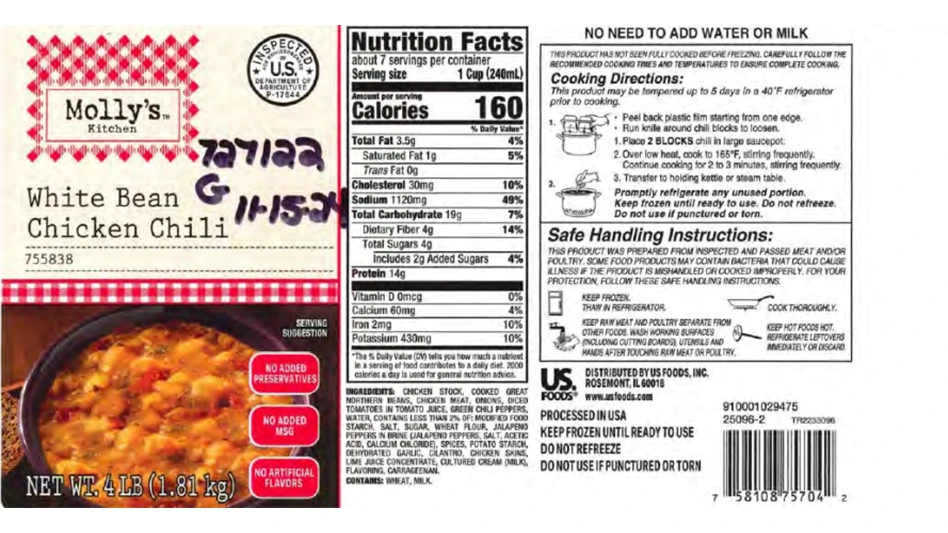Editor's note: Check out photos from the brewery here.
Sensory testing is standard in virtually all food and beverage processing plants, but mention taste testing in a brewery and you will immediately get a roomful of volunteers and beer-consumption jokes.
While no doubt an enjoyable duty, taste testing at the MillerCoors plant in Milwaukee is a serious matter and an integral part of its quality control.
The 200 people who make up the twice-daily, 50-person panels are all Miller employees. They include chemists, microbiologists and engineers, all of whom undergo a three-month training program, in which they learn “the language of beer and how to scale it,” said Analytical/Sensory Services Manager Suzanne Thompson.
While 90 percent of the difference between beers is picked up in the aroma, “there are more than 3,000 flavor notes in beer,” said Director of Manufacturing Quality John Engel. The challenge, he added, is to “bring those notes together into a symphony.”
The training program teaches testers how to break out and assess each individual component of a beer and calibrate them to scale in a specific way.
Taste testing is conducted throughout the process from incoming ingredients to final product, and is conducted at each individual plant. Samples also are sent into the technical center in Milwaukee for panel testing to ensure consistent product is being brewed at every plant across the country. As to the consumption jokes, while MillerCoors does do a great deal of taste testing, individual consumption is highly controlled, Thompson explained. “We have a system in place as to how much each tester is allowed to sample.”
“There is a lot of science behind it and a lot of art,” Engel said.
This fact is reinforced by the extent of the technical center at the Milwaukee plant, which was Miller’s corporate headquarters (MillerCoors is now headquartered in Chicago); its 70-some patents including those for brewing, packaging, light stability and even the use of hop acids to fight tooth decay (a patent attained when Miller was a part of the Kraft Foods corporation); and the 7,600-square-foot Miller Valley Brewery, a pilot brewery and packaging facility within the technical center.
SMALL-SCALE BREWING. Used to develop, brew and test beers in smaller batches, the pilot brewery exactly simulates the scale of the large brewery, allowing for immediate application of a successful product to the large-scale brewing process. The facility was the first of its kind in the United States, and allows for testing and development of new products and equipment, as well as incorporation of small runs, without affecting normal production of the plant.
“It is a way to brew new products under commercial production, and put it out for testing, but not bother the breweries,” said Pilot Plant Brewmaster Troy Rysewyk, who is in charge of the pilot plants in both Milwaukee and Golden, Colo. The pilots also enable testing of new technologies prior to placing them in the full production cycle. Scaled for 10 barrels, the plant brews and packages product two to three times a week.
Having the facility provides the opportunity to create new marketable product — and make mistakes — on a smaller scale.
“It’s all knowledge that we try to carry forward — even if (the resulting beer) wasn’t so good,” Rysewyk said. It is also an asset to have the additional pilot plant in Golden, as varieties that are not produced in Milwaukee, such as malts, can be brewed and tested in Colorado.
CORPORATE TECHNICAL CENTERS. The technical centers in Milwaukee and Golden also enable sophisticated research and analyses that wouldn’t necessarily be done at individual breweries, such as organic acid testing, foam analysis and assessment of an issue that a brewery may not be able to resolve itself, Thompson said.
In addition, chemical analysis and testing conducted throughout the process — from raw ingredients to final product — enables precise monitoring of water purity, starch content of grain, hop bitterness, yeast quality, temperature levels, alcohol conversion and other processing details.
While the technology and quality controls are essential to a quality product, a quality beer requires quality ingredients. Beer has four basic ingredients — water, hops, barley/grain and yeast — with the yeast providing the major variation between beers.
- Great beers begin with the best water; composing more than 90 percent of a beer, the water must not only be pure, but also be of the right mineral content for the specific lager or ale.
- Hops were originally added to the brewing process as a natural preservative. Today, hops are sometimes referred to as the “spice” of beer, because they add flavor, aroma and bitterness, with variety and amount determining the beer style or brand.
- Giving soul to the beer, the malted barley adds color, body and flavor. Other cereal grains — corn, wheat or rice — also can be used to change the flavor. (Miller’s Leinenkugel Honeyweiss, for example, uses wheat in lieu of barley.)
- The most critical component that transforms the ingredients into beer is the yeast. As it converts the grain’s simple sugars and starches into alcohol, the yeast imparts distinct flavors and creates the unique styles.
HAPPY YEAST = GOOD BEER. The science of beer begins at the macro level of the ingredients with riboprint microbial characterization to identify any microorganisms contaminating the DNA of the yeast, which would be bad for the final product. “You want happy yeast,” Engel said. “Happy yeast makes good beer. Sad yeast makes not so good beer.”
While a good beer originates from a pure yeast culture, Engel said, “When it comes to making unique beers, yeast is not yeast.”
There is Miller yeast and there is Coors yeast, and, as the saying goes, ne’er the twain shall meet. In fact, he said, “We use the same yeast for Miller that Fred Miller brought over in 1855.” When he immigrated to America, Miller carried a unique brewer’s yeast from Germany, and the strain has been nurtured, refined and used ever since.
Through the combining of unique yeasts with the other basic ingredients, MillerCoors has created 237 brands of beer, including seasonal, contract and regional brands.
But no matter which brand is being brewed, the goal is, Engel said, “You want to have beer that tastes so good, you want to have that second one…and then a third.” Advocating responsible consumption, Engel added that because beer is only four or five percent alcohol, “it is (inherently) a beverage of moderation.”
QUALITY PROCESS. Just as the science of beer begins with the ingredients, so too does the quality of the beer. “There are no beer pathogens; nothing in beer that can really make you sick,” said Vice President of Quality Warren Quilliam.
However, he added, a lack of quality controls and testing in raw material acquisition and throughout the process can lead to contamination or bad beer. Thus at MillerCoors, “everything is geared to discovery upfront.”
MillerCoors maintains its own barley fields, and purchases ingredients from approved suppliers. Quilliam regularly visits suppliers around the globe to establish MillerCoors specifications from the start and to ensure that its quality controls are in place and effective. In addition, all suppliers are regularly audited by a team of MillerCoors dedicated auditors; MillerCoors research groups are continually assessing varieties of hops.
Once ingredients are acquired and delivered to the plant, beer production involves quality controls at each stage of the process.
Light, temperature and air/oxygen are critical factors which will negatively impact the quality and taste of a beer, said Distribution Quality Specialist Jim Joyce. Thus many of the quality controls focus on these areas.
Light — Due to its ingredients, beer is inherently unstable; even short exposure to light during or after processing can cause chemical changes in the beer, leading to a skunky, distasteful flavor. Sensory testing has shown such effects to be detectable at even minute parts per billion.
Air — Sophisticated electron spin resonance (ESR) equipment is used during beer processing to detect oxygen free radicals, which cause oxidation that starts the staling process. Because it is such a critical component, oxygen also is tested during packaging with total process oxygen (TPO) testers. The earlier ESR test would show any previous oxygen contamination, whereas TPO provides a final deep check. “We are looking at it with X-ray vision at that point,” Quilliam said. “ESR remembers the sins of the past.”
“Stale beer won’t make you sick,” Joyce said. “But you won’t want to drink as many.” Thus, controls in processing and packaging are implemented to reduce or eliminate oxygen exposure. In following the beermaking process, one of the most striking aspects is that the product is enclosed from start to finished product. The only time it is exposed is during filling. “This is probably the most critical point for biological control,” Joyce said. And it is for this reason that filling is done within a completely enclosed, sterilized area, where the environment is strictly controlled. In addition, bottles are filled from the bottom to push all air to the top.
Temperature — Cold will extend the shelf life of beer while too high temperatures will cause it to deteriorate. Prior to refrigeration, caves were often used to store the beer at cool temperatures; in Milwaukee, ice cut from the lakes was used to keep the caves cold. Today better controls and consistency can be maintained throughout the process and in storage, Joyce said, adding, “That is the secret to success.”
An additional essential, but simple, quality control is the check for starch. In the conversion of the raw ingredients to an alcoholic beverage, the grain’s starch is dissolved.
Starch remaining after the final mashing of the barley can cause the finished product to be hazy and hold an off-flavor. Testing of remaining starches is one of the few manual processes at MillerCoors, using a simple iodine color test. A sample of the mash liquid is placed on a ceramic plate and a drop of red iodine added. If the iodine remains red, Joyce explained, it indicates that all the starch has been broken down and processed into sugar; if the color deepens to purple or blue, there is still starch in the mash and processing is not complete.
WORKER EMPOWERMENT. Quality controls at the plant have undergone modification in recent years, with many practices transferring to the floor. Operators have become more responsible and accountable for the quality of the product through the process and “some very, very sophisticated equipment has been moved into the brewery,” Quilliam said. “Where appropriate and feasible, we have moved quality into the realm of the operator.”
While this has meant additional training for the operators, it has also led to efficiencies in the operation. When testing was centralized, an operator may have had to wait 24 hours to get results and move the process forward. Now the policy of “before you move the product, you measure it” enables the process to continue its movement as long as positive results are attained.
“We have empowered the operator on the shop floor to take on the work of quality for the laboratory,” Quilliam said.
From lab and sensory testing to on-the-floor quality checks; from pilot facility runs to supply controls; from consistent operations to research teams, it is the passion of the people and their dedication to the ultimate goal — to produce the highest quality beer every day — that perpetuates the legacies of Frederick Miller and Adolph Coors. It is the people, Quilliam said, who are MillerCoors. “The legacy of MillerCoors has been its people, and the quality of its people.”
The author is staff editor of QA magazine.
MillerCoors: A New Company with 288 Years Experience
In 1885 Frederick Miller arrived in Milwaukee, carrying a packet of German lager yeast. He brewed his first American beer from this yeast, and descendent strains are still used in Miller beers today.
Having apprenticed at Prussian brewery in his teens, Adolph Coors arrived in the U.S. as a stowaway to tap his first barrel of the famed Colorado beer in 1873.
Miller and Coors combined 288 years of brewing have survived Prohibition, the Great Depression and two world wars; innovation in brewing, technology and packaging; and family descendents carrying on these founders’ legacies to literally combine their brewing last July into MillerCoors, the joint venture of SABMiller and Molson Coors.
“From a technological standpoint, the organizations have always been very close,” said MillerCoors Director of Manufacturing Quality John Engel. Although Miller and Coors breweries will continue to maintain distinctive recipes and brands, the sharing of technologies, resources and innovation, he said, “enables us to provide higher quality products at a lower price.”
MillerCoors — self-described as a new company with 288 years of brewing experience — began operating as a combined entity July 1, 2008, bringing together its resources, brand identities and distribution with a focus on improving sourcing across its eight major breweries, building a streamlined organization and leveraging the scale of the new company to drive profitable growth and bring new energy to the U.S. beer industry, said MillerCoors Chief Executive Leo Kiely in a 2008 press release.
STRENGTH THROUGH UNITY. As a part of the new structure, MillerCoors Quality Organization established three distinct units: Supplier Quality, Manufacturing Quality and Trade and Consumer Quality to merge the two company’s quality efforts and share the unique strengths of each. Much of Miller’s innovation has been in its products, such as Miller Chill and MGD 64 (its new low-calorie beer), Engel said. Coors’ innovation has tended toward packaging, such as its thermochromatic-ink, cold-activated bottle. (“You know your beer is cold when your mountains are blue,” Engel explained.)
In addition, trade brewing is a concept originally launched by Miller and now being integrated into Coors facilities. The concept is, essentially, an internal marketing program to educate employees and consumers about beer and the company’s brands and make passionate ambassadors of MillerCoors employees. “We are very steeped in both the process and product and how to promote that feel to consumers,” Engel said.
In return, Coors distribution strengths have been brought into the Miller operations, and the combined distribution network not only reduces shipping costs, but increases MillerCoors capability to get its beer to its customers in optimum condition, Engel said. “The best beer is the freshest beer no matter where you are in the world.”
However, the two brands also will continue to maintain their own distinct personalities and strengths: While Miller was one of the first breweries in the world to pasteurize its beers, Coors beers have remained entirely draft, never pasteurized. And a Miller yeast will never be used in a Coors beer and vice versa.
Having survived one depression, MillerCoors’ brand identity positions it well to survive the current economic downturn as well. While the Dow Jones U.S. Beverage Index showed an industry decline of 21 percent in 2008, this was still better than the 40 percent fall of the Dow Jones Total Market Index.

Explore the February 2009 Issue
Check out more from this issue and find your next story to read.
Latest from Quality Assurance & Food Safety
- Taylor Farms Linked to Romaine E. coli Outbreak as Marler Clark Files Multiple Lawsuits Against Supplier
- IAFNS Announces Winners of Emerging Leader Awards for Food Safety, Nutrition
- FDA Shares Testing Results for PFAS in Bottled Water
- Provision Analytics Adds Food Safety Expert Jennifer Williams to Strategic Advisory Group
- Boston Sword & Tuna Protects Seafood Safety with Mettler-Toledo Metal Detectors
- IFT Releases New Resources to Aid Food and Beverage Industry in Sugar Reduction
- Yum! Brands CEO David Gibbs to Retire in 2026
- Penn State Extension Offers Short Course on Food Microbiology and Safety for Food Plant Workers





